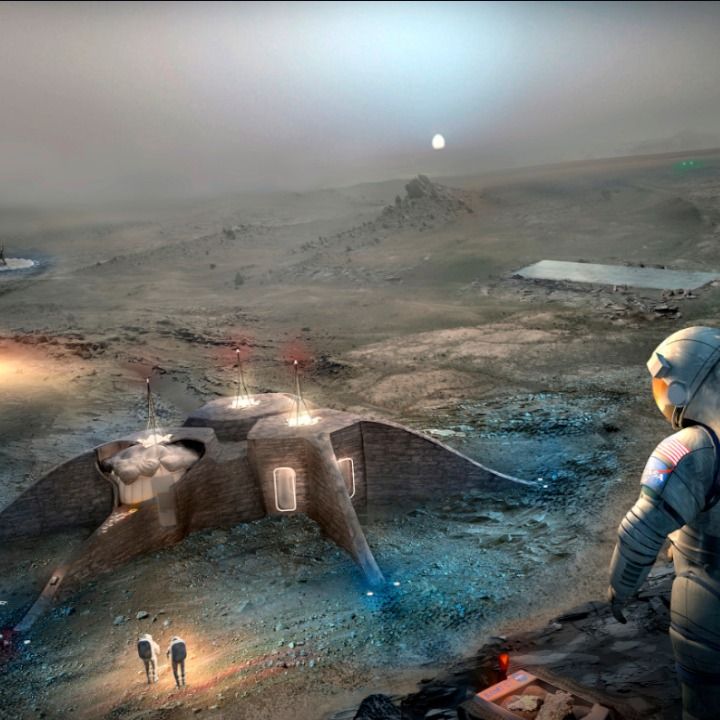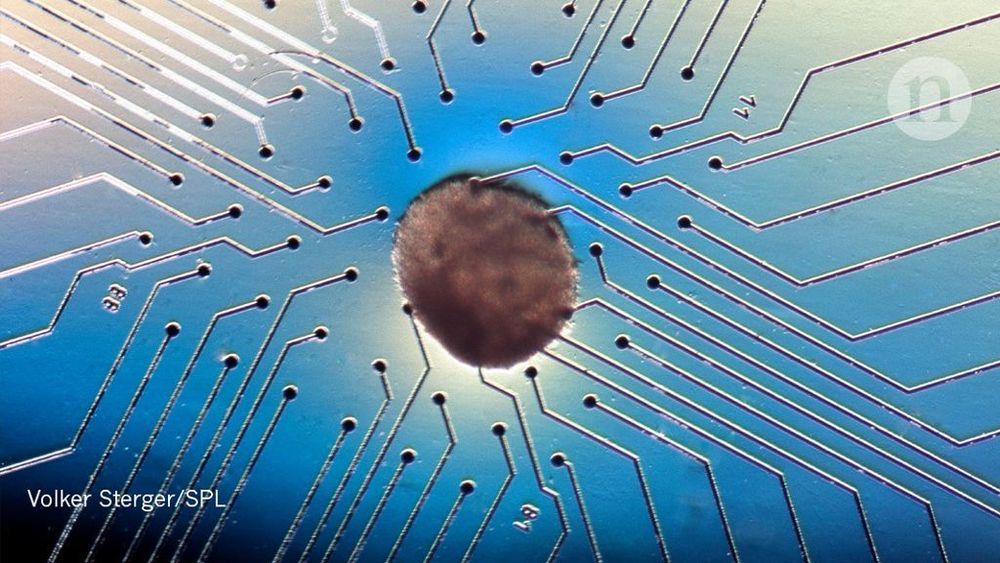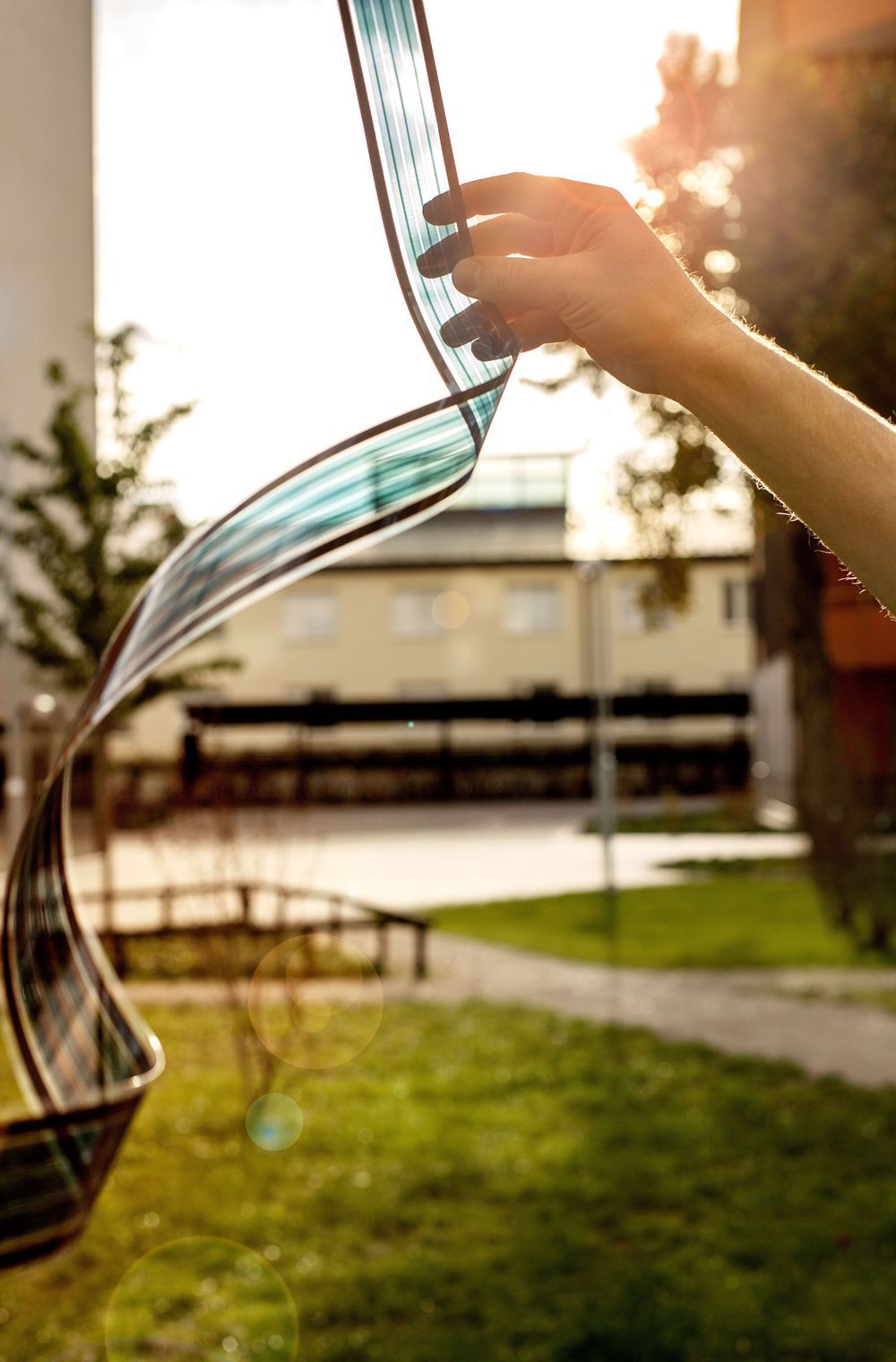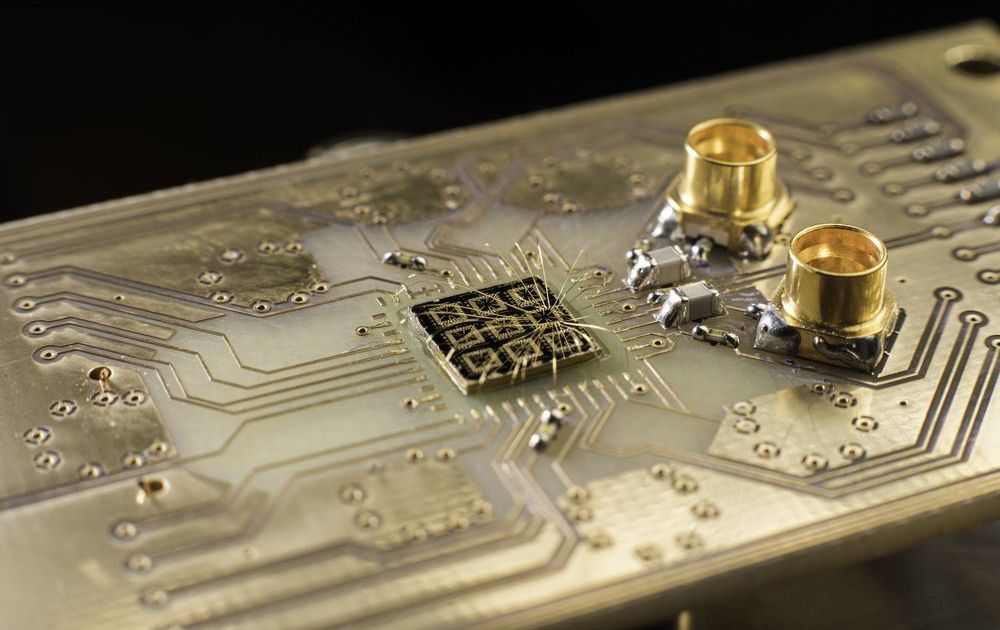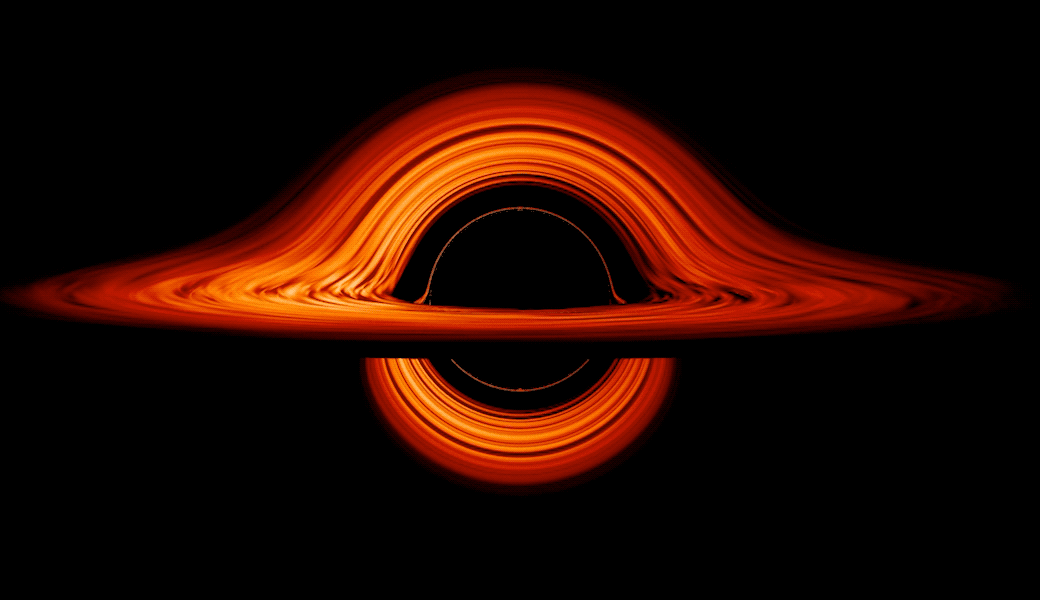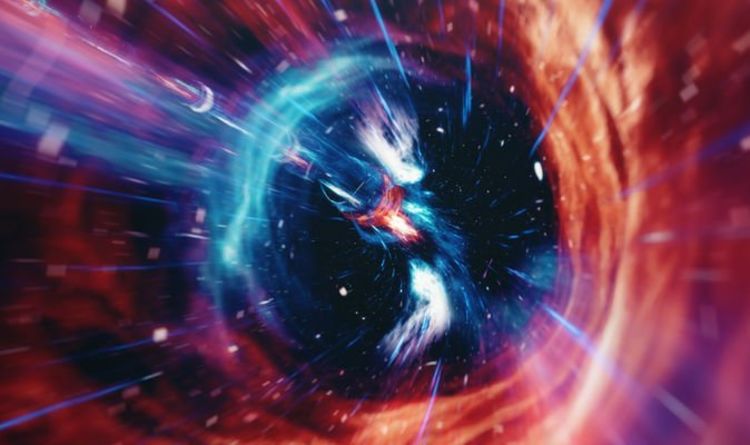Sep 26, 2019
Differentiating Stem Cells into Heart Muscle
Posted by Steve Hill in categories: biotech/medical, life extension
A recent review shows the current state of the industry with regards to using human pluripotent stem cells (hPSCs) to create cells that are useful for the study of, and therapies for, the human heart.
Pluripotent Stem Cells
Stem cells are the cells that form every other cell in the body, and adult humans naturally have native populations of stem cells to replace losses; the depletion of these reserves is stem cell exhaustion, which is one of the hallmarks of aging. To create stem cells from regular (somatic) cells, researchers use a technique called induced pluripotency, which creates induced pluripotent stem cells (iPSCs). However, purely naive, dedifferentiated pluripotent cells, which could create any cell in the body, are only of limited use and are not effective as a therapy. To form specific somatic cell lines, stem cells must first be differentiated into specific types.

